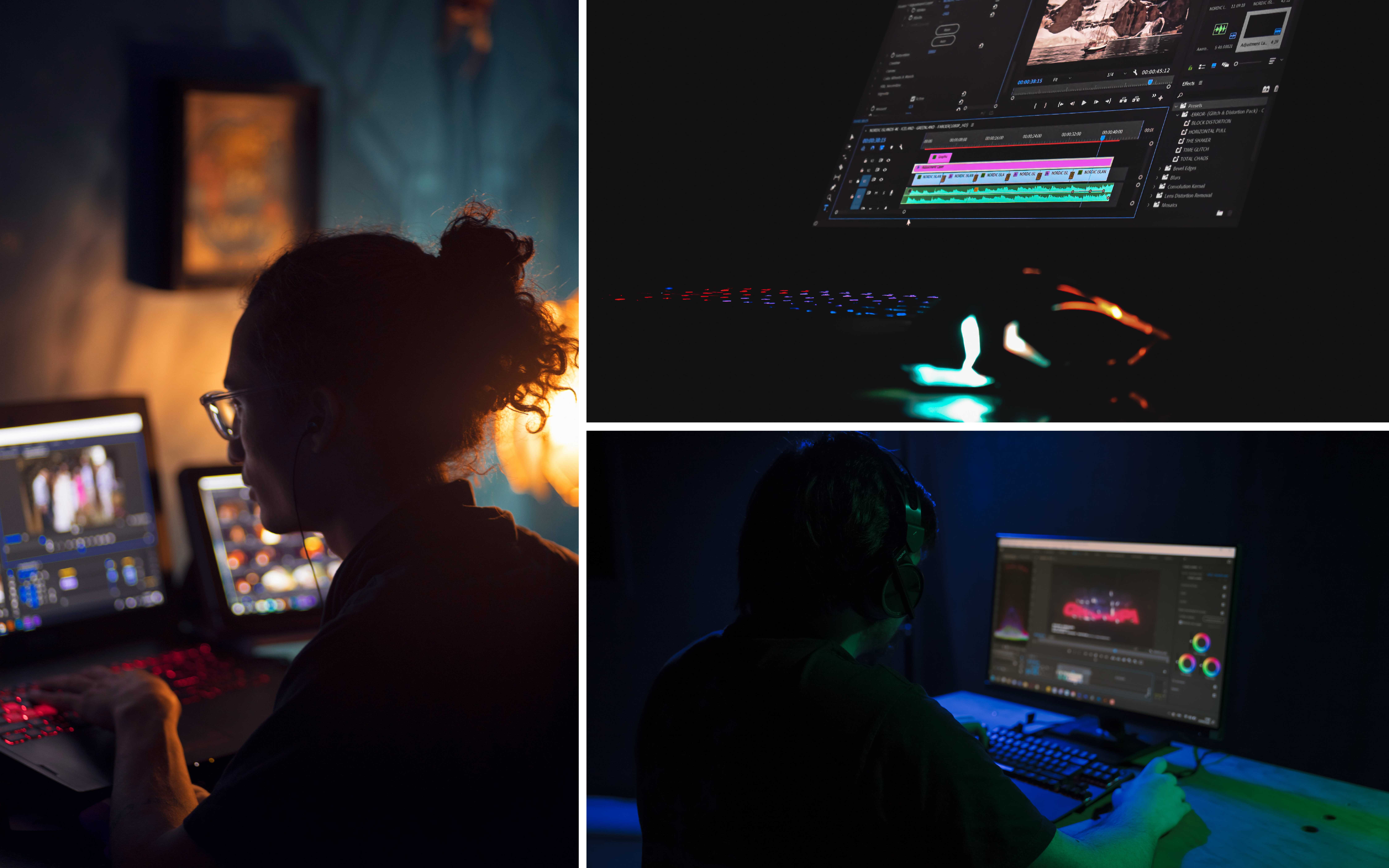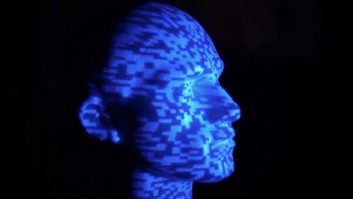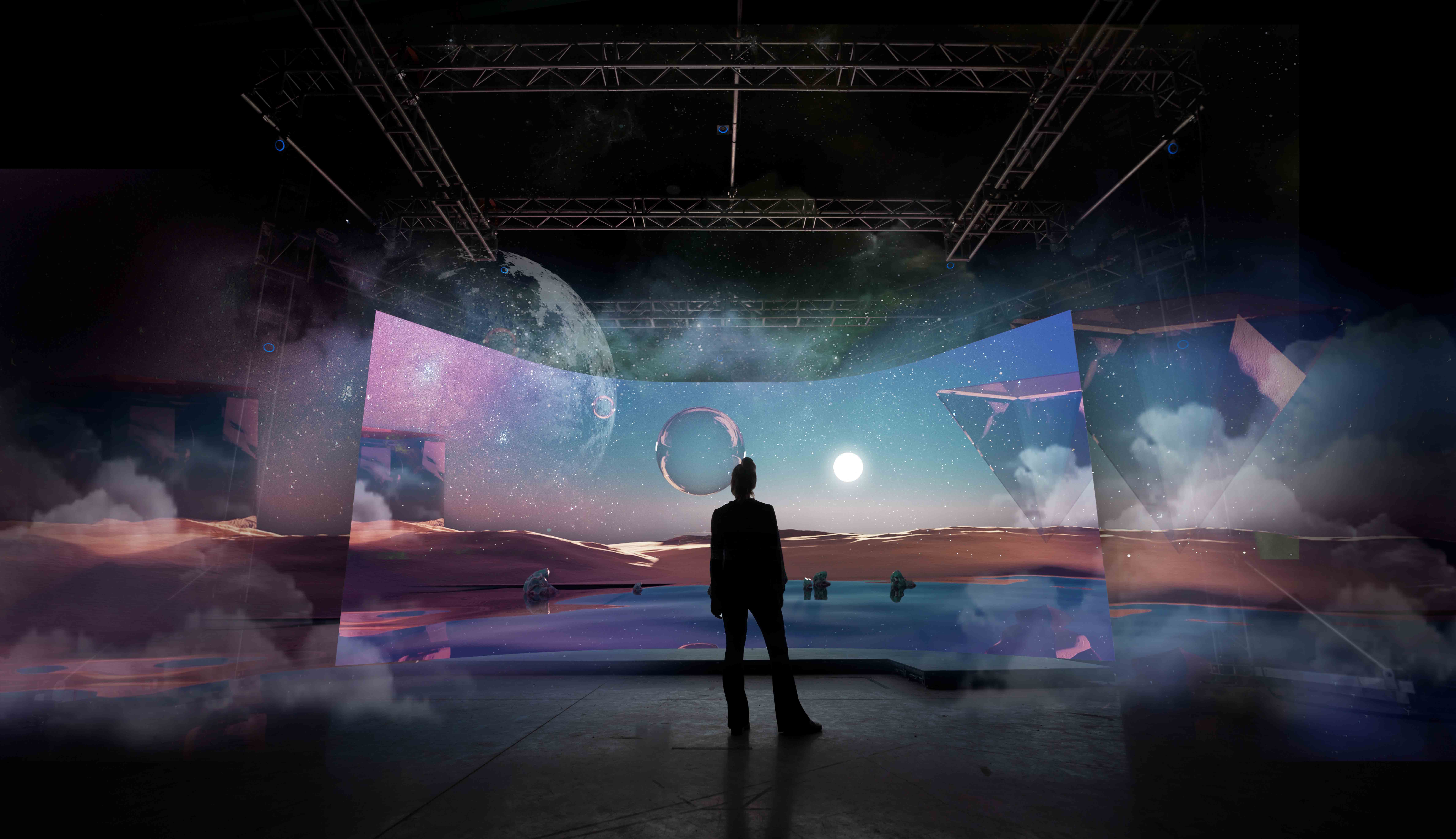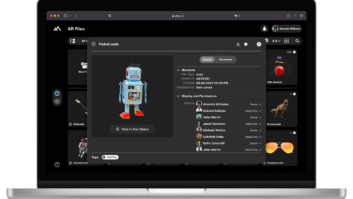
3DTV Opinion – The key challenge is not the technology but understanding how to apply technology to address the creative challenges of stereoscopic production argues Ray Baldock, Chief Technology Officer, Grass Valley.
It is clear that 3D is a success in the cinema. But does that mean we should be moving now to re-equip for live 3D television broadcasting?
The thing that will make 3DTV channels attractive to a mass of consumers is good content. In terms of 3D, that means an immersive experience: something you are happy to become completely involved in. 3D gaming is already demonstrating this well.
For broadcasting, the traditional drivers are movies and sport but in a live environment what works in 2D will not necessarily work in 3D. With production decisions inevitably being made on the fly, any mistakes can be really disturbing. There is a real risk of turning the audience off the medium, not drawing them in.
To create the illusion of 3D – and stereoscopic imaging is just an illusion, remember – you have to fool the brain into believing there is a sense of depth. You do that by setting out the scene in front of the viewer, with a good depth of field, and letting the viewer pick out where to look.
That is very different from current sports coverage which concentrates much more on close-ups to illustrate technical skills, fast cutting, and multiple replays to keep us drawn in. That style will not work in 3D: constant changes of view and depth will kill the illusion at best, cause nausea at worst. Will audiences accept this radically different style of coverage? Can we produce good content efficiently, and do the business models work? At this stage no-one knows.
So to me it makes sense to work through this experimental stage — to see if there is a big enough audience to pay for this new content – before making a large investment in new technology. Critically, we know from the HD transition that the commercial imperative will be to manage 2D and 3D production simultaneously with as little additional equipment as possible.
This experimental stage can be accomplished largely with today’s equipment. We need to add just a few innovative accessories to help the stereographer, a means to handle graphics, and 3D monitoring in critical positions. The key challenge in this instance is not the technology but understanding how to apply technology to address the creative challenges of stereoscopic production.
The latest generation of HD cameras, in conjunction with good lenses, produce very clean, very consistent images even in relatively low light. Our CCUs can be coupled together, with proper offset tracking, allowing one panel to control the settings on both cameras. If the choice is for a beam splitter or mirror rig, the camera itself can reverse the image to eliminate any downstream processing latency.
Smaller integrated lenses, as on the 3D cameras already announced by other vendors, are not going to pass as much light, nor be as optically correct as the best HD lenses. Inevitably that means the pictures will be noisier and of lower resolution – that is an immutable law of physics. This may be an acceptable trade-off, set against portability and convenience.
With Grass Valley’s Kalypso, Kayak and Kayenne switchers the software to gang busses together is already there, as is the ability to output two versions of a programme simultaneously. Today it is used for different SD and HD versions, or for a domestic and international feed, but it works equally well to route separate left and right eye streams through the mixer to produce a 3D switched output.
Our K2 Summit production server is already capable of ganging together multiple channels for record and replay. That capability is being extended to provide the convenience of a single file for moving and archiving 3D content.
My message is that we need to spend time working out how to do stereoscopic 3D television properly, to create an experience that the home viewer will want to become immersed in, and to do it cost effectively. And we can do that without rushing out to buy new equipment just yet. Our outside broadcast customers have proved it by producing pioneering 3D sports coverage using their regular cameras and Kalypso switchers in their standard trucks – equipment they already own.
The latest generation equipment, offering 3Gbps capabilities, is a ready solution to make the move towards 3D easier. If you are currently planning a new truck and don’t know whether to build for 3D, you can select HD products knowing that these can be upgraded easily to 3Gbps — so that whether the future is 1080/50p or 3D you will be covered.
Through premium events to cinemas and in the first 3D channels to the home, we will all be working together to solve the production challenges and learning how to produce live 3D television, alongside 2D, practically and economically.







